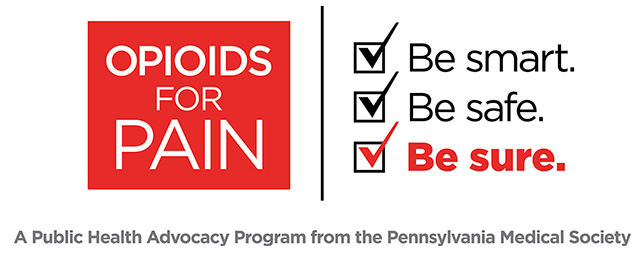The Pennsylvania Department of Health (DOH) is forwarding the following update to healthcare providers from the Centers for Disease Control and Prevention (CDC). Please report possible cases and/or deaths by calling DOH at 1-877-PA-HEALTH (1-877-724-3258) or your local health department.
Summary
• This Health Alert Network (HAN) Update is to alert public health departments, health care professionals, first responders, and medical examiners and coroners to important new developments in the evolving opioid overdose epidemic, which increasingly involves illicitly manufactured fentanyl and an array of potent fentanyl analogs (i.e., compounds that are chemically related to fentanyl). This alert also includes testing recommendations for medical examiners and coroners to identify fentanyl analogs. Opportunities are available for expanding fentanyl analog testing. Please contact [email protected] for more information.
• It is the second update to the original health advisory, HAN 384, issued October 26, 2015, which alerted the public to the increase in unintentional overdose fatalities involving fentanyl in multiple states, primarily driven by illicitly manufactured fentanyl.
• The first update to this health advisory was released on August 25, 2016 (HAN 395), describing the sharp increase in the availability of counterfeit pills containing varying amounts of fentanyl and fentanyl analogs, the continued increase of overdose deaths involving fentanyl across a growing number of states, and the widening array of fentanyl analogs being mixed with heroin or sold as heroin.
• The current update includes information on: (1) the continued increase in the supply of fentanyl and fentanyl analogs detected by law enforcement; (2) the sharp rise in overdose deaths involving fentanyl and fentanyl analogs in a growing number of states, in particular the growing number of deaths involving the ultra-high potency fentanyl analog known as carfentanil; (3) the expanding number of poly-drug combinations implicated in opioid overdose deaths, which include non-opioids, such as cocaine; (4) the updated comprehensive guidance available to law enforcement and other emergency responders to prevent occupational exposure to fentanyl and fentanyl analogs; and (5) updated recommendations for public health professionals and health care providers regarding prevention and response efforts.
Click here to download the full report.
Originally released by the Pennsylvania Department of Health on July 12, 2018.




